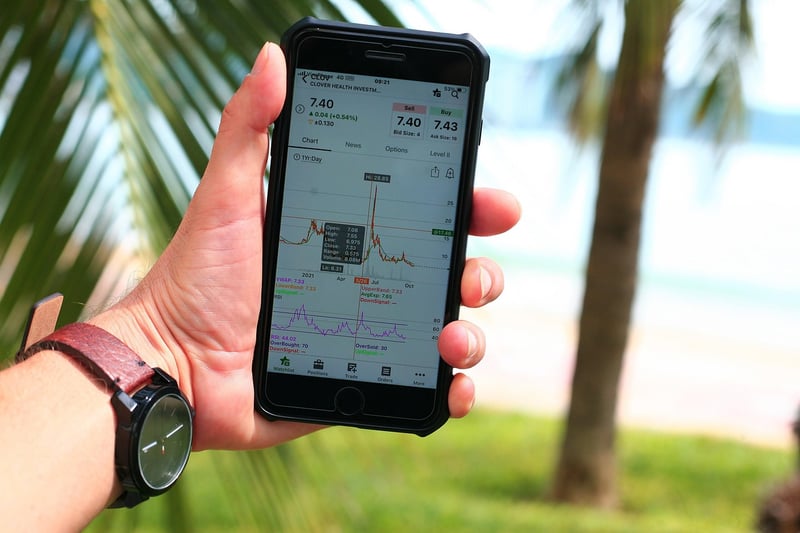Price Volatility
Understanding Price Volatility in Financial Markets

Price volatility in financial markets can be a key indicator of potential risks and opportunities for investors. Understanding the factors that contribute to price volatility is crucial for making informed investment decisions. Let's delve into this topic to gain insights and predictions on how price volatility affects various asset classes.
What is Price Volatility?
Price volatility refers to the degree of variation in the price of a financial instrument over time. High volatility indicates that the price of an asset can fluctuate significantly in a short period, while low volatility suggests more stable price movements.
Factors Influencing Price Volatility
- Market Sentiment: Investor sentiment and market perception can drive price volatility as fear or optimism can lead to rapid price changes.
- Economic Indicators: Factors like inflation rates, GDP growth, and employment numbers can impact market volatility.
- Geopolitical Events: Political instability, trade disputes, or natural disasters can create uncertainty and drive volatility in financial markets.
- Company Earnings: Quarterly earnings reports and corporate announcements can cause significant price swings for individual stocks.
Implications for Investors
Price volatility can present both risks and opportunities for investors:
- Risk Management: High volatility can lead to sudden and steep losses, emphasizing the importance of risk management strategies.
- Profit Potential: Volatile markets can offer opportunities for traders to profit from short-term price movements through strategies like day trading or options trading.
- Long-Term Investing: For long-term investors, volatility can provide entry points to buy assets at lower prices or exit positions at higher prices.
Predicting Price Volatility
While predicting price volatility with absolute certainty is challenging, investors can use various tools and techniques to gauge potential volatility levels:
- Historical Volatility: Analyzing past price movements can provide insights into how volatile an asset has been historically.
- Implied Volatility: Options pricing models can indicate the market's expectations for future volatility based on option prices.
- Technical Analysis: Chart patterns and indicators can help identify potential volatility levels in the near term.
By understanding price volatility and its implications, investors can navigate financial markets more effectively and make well-informed decisions based on market conditions.
